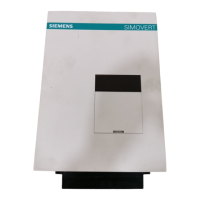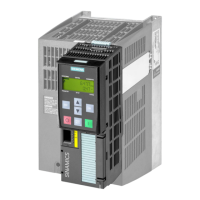Issue 01/05 General CANopen definitions
CANopen Option Module Operating Instructions
6SE6400-5BC00-0BP0
11
2 General CAN/CANopen definitions
2.1 CAN (Controller-Area-Network)
Apart from its use in mobile systems, the Controller-Area-Network (CAN) protocol
is also deployed in other applications when allied to additional specific and
standardized higher protocol and profile specifications. Alongside its use as an
internal bus in mobile systems, its other main applications are in internal
communication between plant and machinery.
The major performance features and characteristics of the CAN protocol
standardized to ISO-WS 11898 parts I, 2 and 3 are described below.
Message-oriented protocol
The CAN protocol does not exchange data by addressing the recipient of the
message, but rather marks each transmitted message with a message identifier. All
nodes in the network check the identifier when they receive a message to see
whether it is relevant to them. Messages can therefore be accepted by none, one,
several or all participants (multicasting, broadcasting).
Prioritization of messages
As the identifier on a message also determines its priority for accessing the bus, it
is possible to specify a correspondingly rapid bus access for messages according
to their importance. Especially important messages can thus gain access to the
bus without a prolonged wait-time, regardless of the loading on the bus at that
moment. This characteristic means that especially important messages are
transmitted with priority even in exceptional situations (e.g. in the case of longer-
lasting disturbances), thereby ensuring proper functioning of a system even during
phases of restricted transmission capacity.
